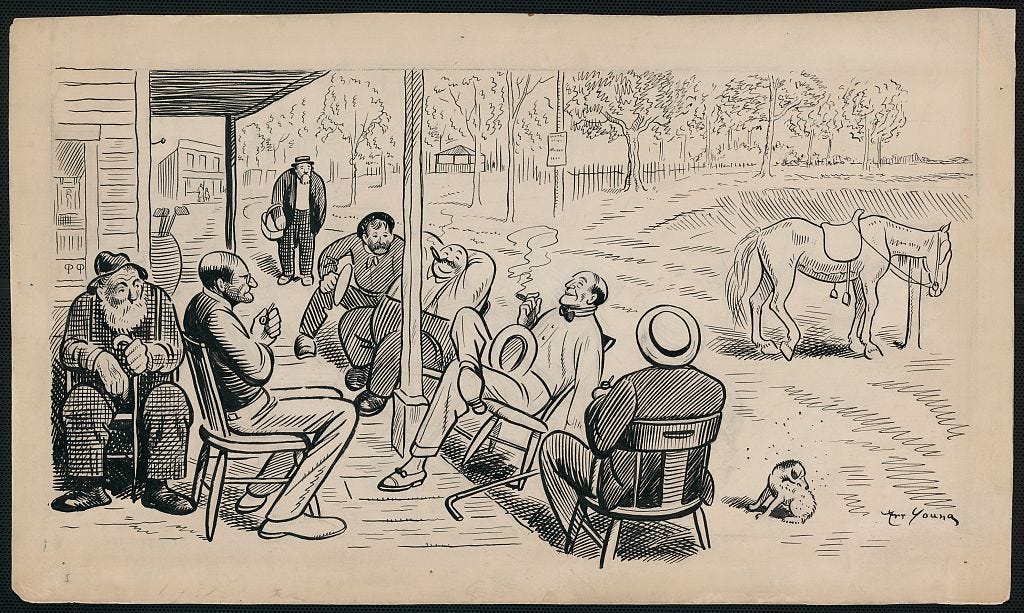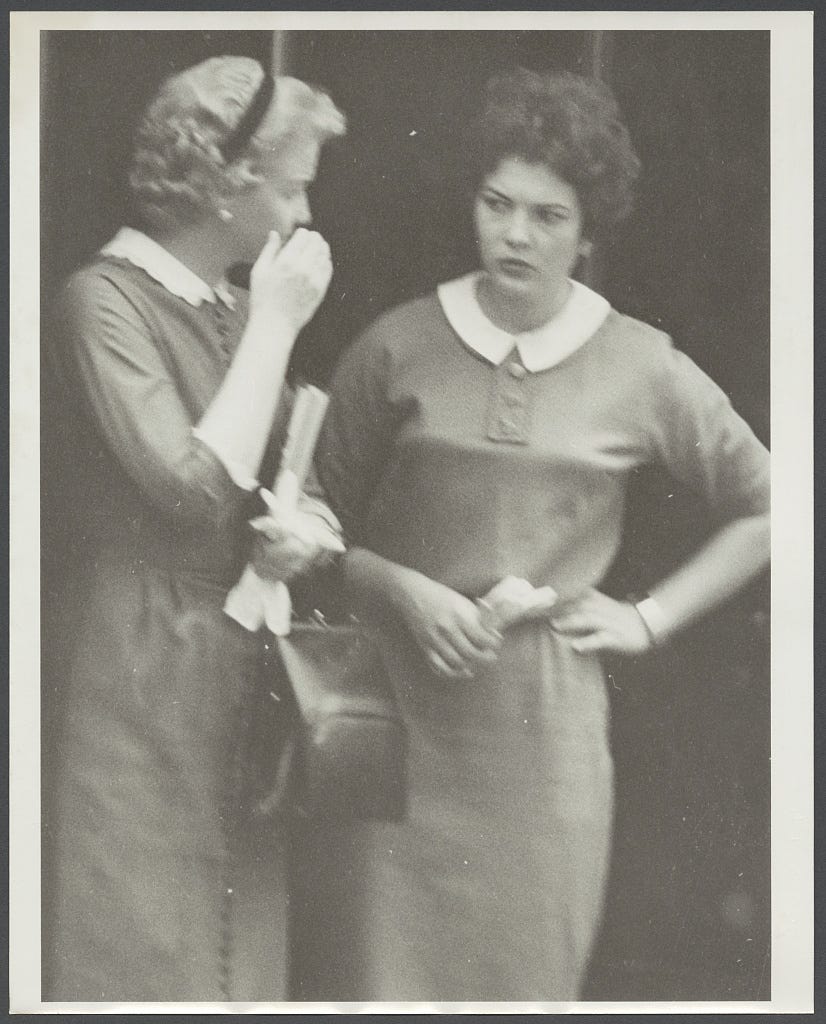Was talking, unregulated and immoderate speech, responsible for human insanity? According to Reverend B. S. Lombard, a London minister, the answer was an unequivocal “yes.”
In an April 1908 address to England’s Psycho Therapeutic society, Lombard offered a tightly-reasoned case. “An enormous amount of vital energy is wasted in talking,” he told his audience, “and the excessive talker is a human vampire who saps the vital energy of those about him. People who are silent by nature are seldom ill, and a large percentage of the victims of nervous disease are great talkers, who discuss imaginary ailments until they get them.”
This was not a fanciful opinion claimed Lombard. Consider the case of a woman who presented herself at his All Saints church rectory in a state of near breakdown. Her condition baffled the city’s best and brightest healers; standard remedies proved ineffectual. Lombard prescribed a few weeks of the silent treatment. The madness was routed. She left the rectory a healed woman, her mental gyroscope stabilized.
A fortnight later she returned; her illness was back. When questioned the patient confessed that her miraculous healing had made her the talk of the neighborhood. She was besieged with inquiries; everyone wanted to hear about her return to sanity.
The lady talked.
She wore herself out reciting a lengthy monologue about her cure.
Days passed, filled with unrestricted conversation. Excessive speech opened her mind’s door; insanity returned.
Could any episode better illustrate the dangers of talking? The conclusion was incontrovertible.
Of course, with a man so attuned to the perils of pontification, it is rather surprising that Rev. Lombard announced these startling conclusions in an oral address to the members of the Psycho Therapeutic society. Surely a printed version would have been safer.
Unconvinced?
Well, consider the case of Nels Christiansen, a milk wagon driver for the Bain Dairy of Kenosha, Wisconsin. Before emigrating from his native Denmark, Christiansen sought the counsel of a friend who happened to be an astrologer.
The seer discovered ominous portents in his charts. The stars spoke clearly about Christiansen’s bleak prospects.
One year from the date of the consultation, predicted the astrologer, on April 26, 1908, the police would arrest the young man. He would encounter a cross-eyed man, a man with one leg, and another man from Denmark. The following day he would die.
Would that he had never heard such grim words. But what has been uttered cannot be withdrawn. Freighted with this fatal vision, Nels fled to the United States and found a job in Kenosha. As he delivered milk bottles along his assigned route, the celestial bodies moved inexorably along their foreordained courses.
Finally the predicted day arrived.
Police were summoned to a home on Wisconsin Street shortly after 10:00 am. They found Nels raving, acting, you might say, like an insane man. He fought with the officers, refusing their attempt to calm him. The police subdued the maddened youth and transported him to the local station.
As they led him to a padded cell, Nels caught a glimpse of his fellow prisoners: a Dane, a cross-eyed man, and a one-legged convict.
It was too much. Unhinged, Nels screamed through the night, certain that cruel death stalked him. Unable to bear the wait, he plugged the cell’s toilet with paper and tried to drown himself in the bowl. The jailers intervened.
They maintained a suicide watch through the following day. The hours passed; midnight arrived, Nels survived. Unfortunately, the experience had broken his mind. The failure of the prophecy conferred no relief. He continued to rave.
Doctors expressed pessimism about his prospects. The astrologer’s words had lodged deeply in the man’s mind. Once again speech had produced insanity.
The following day, Kenosha Judge Slosson remanded Nels Christiansen to the care of the state mental hospital. He doubted that Nels would remain in custody long. Since the disturbed man had lived in the United States for less than a year, immigration officials were required to send him back to Denmark.
His case dragged into August, but ultimately he was placed on a ship for Scandinavia. Adding insult to mental injury, state officials were pleased to discover that Christiansen had one hundred dollars saved in the First National Bank. They filed for a writ of garnishment and sliced off $48 to cover Nels’ medical expenses.
All because of an astrologer’s words.
Naturally two cases do not prove Rev. Lombard’s central contention. But sometimes a suspicion is as good as a cure: far better to wear silence like a cloak than risk the insanity that accompanies unbridled speech.
Thanks for reading this installment of What’s New in Old News? If you enjoyed this bulletin, why not share it with a friend? Do me a favor and help spread quirky news from the past to every corner of the internet.
And of course, if you haven’t subscribed to receive your weekly installment, you can always use this button to sign up:





Thanks for this laugh. Much need today. I shall take a vow of silence for the remaining hours of the morning in honor of your wonderful read.